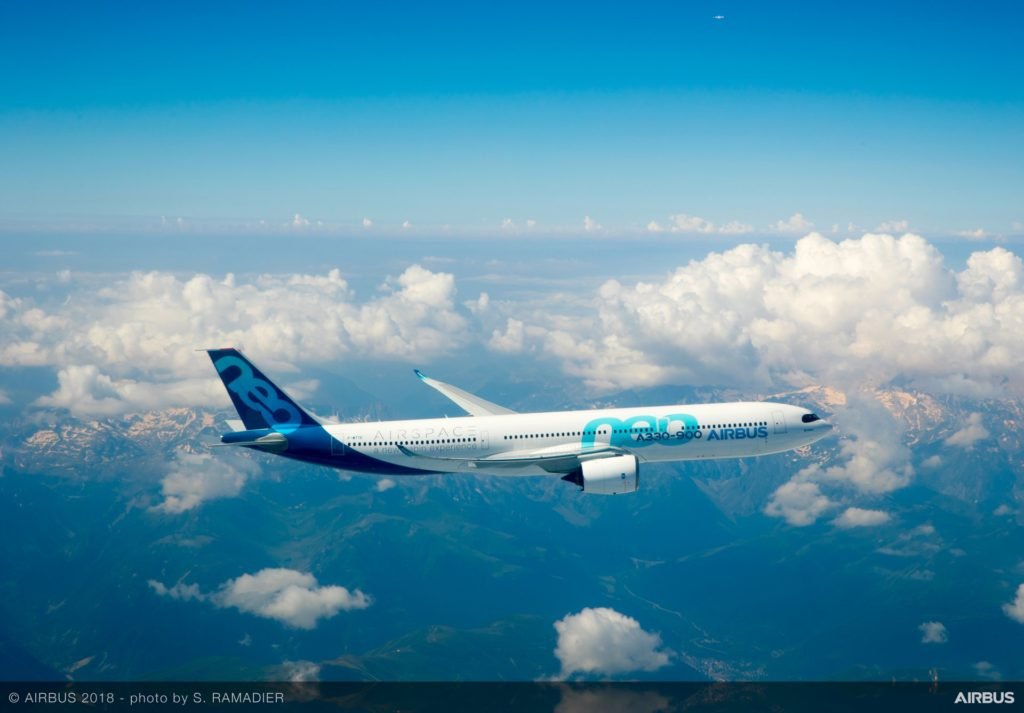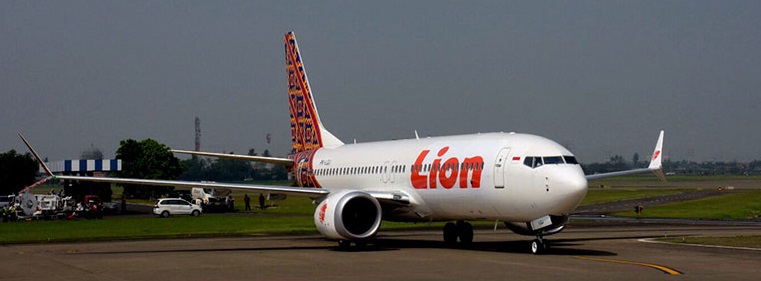EASA Certifies A330neo for “Beyond 180 Minutes” ETOPS
The European Aviation Safety Agency (EASA) has approved the A330-900 for ETOPS (Extended-range Twin engine aircraft Operations) “beyond 180 minutes” diversion time. This significant achievement means that operators of the A330neo, which is powered by…

